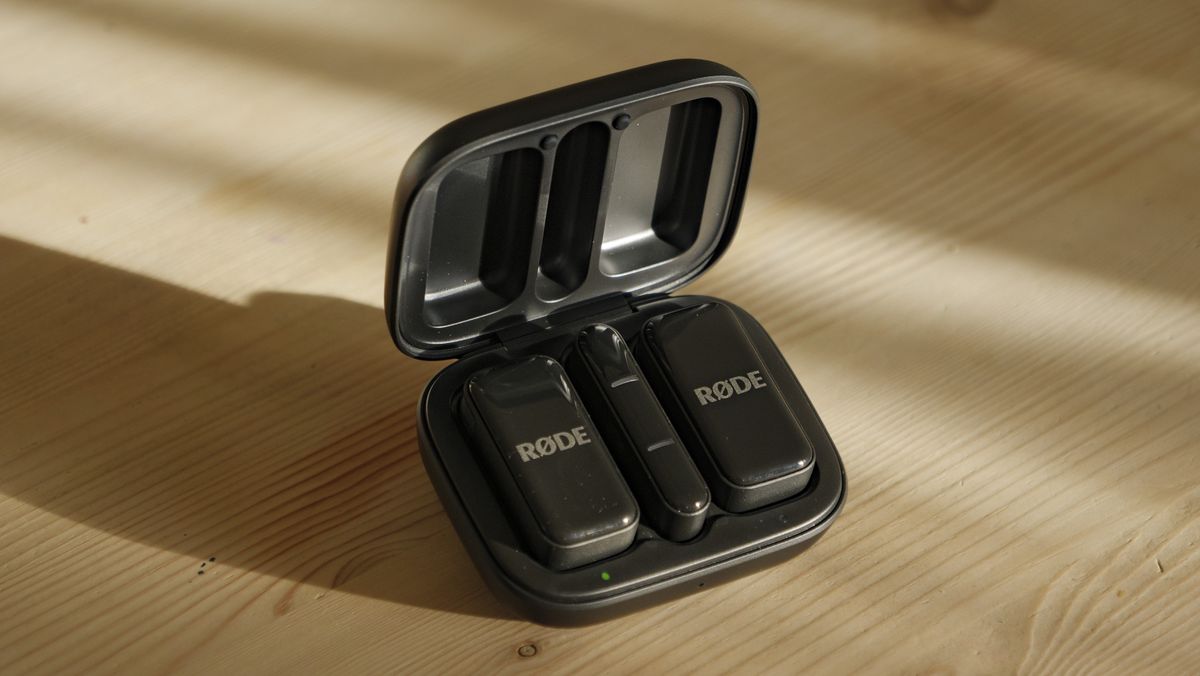It didn’t revolutionize microprocessors: it created the microprocessor market. This is how they describe the Intel 8080 when celebrating 50 years since its launch. And it is no wonder, since it is one of the most important products in the recent history of technology.
Intel may not be going through its best business moments today, but there is no doubt that it can boast an impressive legacy. Simply put, without their developments, the era of personal computing would not have been possible or its arrival would have been delayed. And, with developments like the one we remember today, Intel laid the first stone for the creation of the x86 processor architecture that still dominates the heart of PCs today.
50 years of the Intel 8080
In July 1968, Gordon E. Moore (chemist and physicist, famous for his “Moore’s Law”) and Robert Noyce (physicist and co-inventor of the integrated circuit) founded the company. Integrated Electronics Corporation in the Californian city of Mountain View. In the beginning, the company manufactured memory chips, but soon its first microprocessor arrived, the Intel 4004 (created for the calculators of the Japanese firm Busicom in what was its first major chip supply contract) and shortly after the 8008 as an improvement on the previous one.
Two years later, in 1974, the Intel 8080 arrived as a successor to the 8008. And there history changed, not only because of its technical advances, but because of its approach as the first general purpose microprocessor in history or what is the same, not limited to carrying out only very specific tasks as the previous ones had been designed.
It is explained by Federico Faggin, an engineer who was hired by Fairchild Semiconductor after designing the first MOS integrated circuit and who was the main designer of the first Intel microprocessors:
4004 and 8008 suggested it, but 8080 made it happen
The motivations for its creation were evident. Until then, Intel manufactured chips designed to meet a certain type of customer and specific needs. The 8080 changed focus in direct response to feedback from 8008 customers who reported that the design restricted the scale and complexity of the software they wanted to create.
Although it was compatible with the Intel 8008 at the source level in assembly language because they used the same instruction set, its packaging was much larger than what it provided to the 8080. novel capabilitiesa 16-bit address bus and an 8-bit data bus, allowing easy access to 64 KB of memory.
The Intel 8080 could work at frequencies up to 2 MHz; It had seven 8-bit registers, six of which could be combined into three 16-bit registers, a 16-bit in-memory stack pointer that replaced the 8008’s internal stack, and a 16-bit program counter. Beyond its technical characteristics, its great value was its ability to work on any computer task, a concept that was copied by all those who came after it and that is still maintained.

A new era
It is no exaggeration to say that the 8080 opened the world of microprocessors, «offering computing capacity not only to all companies, but to all people«they say from Intel.
Compared to the previous ones designed for exclusive uses, the Intel 8080 revolutionized the concept by betting on what they call a «democratic personalization». Customers had the option of spending the $360 it cost and programming the processor to do whatever was necessary.
Demonstrating that a powerful, general-purpose processor could have unlimited applications and countless clients, «drove the mass adoption of personal computers“, created new categories of silicon-powered devices and stimulated programming as a relevant and in-demand skill.”they say from Intel. Its genetics are still found in chips around the world, as it directly inspired the x86 architecture that became the most used computing architecture on the planet, although today ARM is disputing that dominance.
Where was the Intel 8080 used
Intel has recalled some use cases for its revolutionary chip, starting with the Hugin 150 boxes from the Swedish company of the same name, which were the first electronic cash registers which used the code 8080 and opened up unknown functionalities for the time, leaving the previous mechanical boxes behind. Many current self-checkout and POS machines, essential for commerce, use Intel processors derived from this 8080 and capable of managing digital screens, printing receipts and reading credit cards.
Midway’s popular arcade game machines also used this microprocessor. The company sold thousands of units in the late 1980s with developments such as Gun Fight, the first commercially available arcade game to incorporate a microprocessor instead of discrete logic. As for machines, a great example was the Midway Games: Space Invaders in 1978 with one of the most popular games in history.

The most important product where the Intel 8080 debuted, because of what it meant at the beginning of the era of personal computing, was the mythical MITS Altair 8800. This machine cost $439, making it infinitely more affordable than the $30,000 commercial computers that were shared among entire teams of people. The Altair 8800 had no keyboard or monitor, and users had to solder their own connections.

Do you want to know more about the 8080?
If you get a chance to visit, the Intel Museum has a complete display of this microprocessor with several functional units including a Gun Fight arcade machine that can still be played. The exhibition can be visited through March 2025 in Santa Clara, California, or online at virtualmuseum.intel.com.











